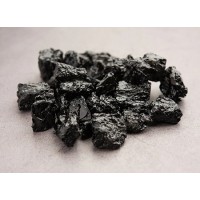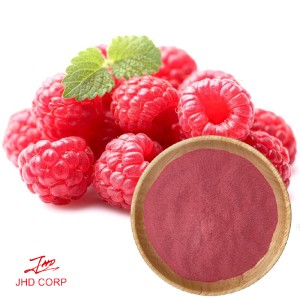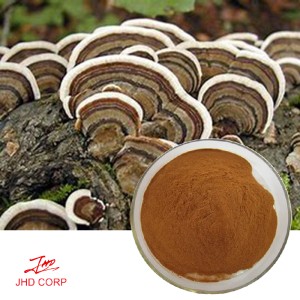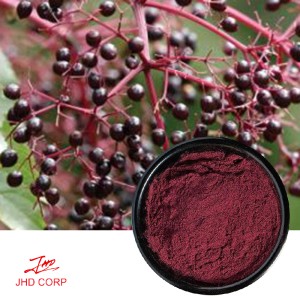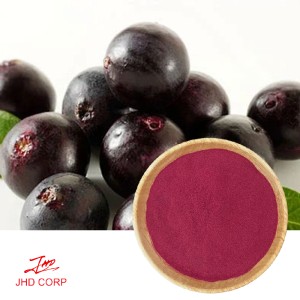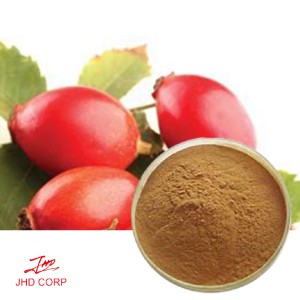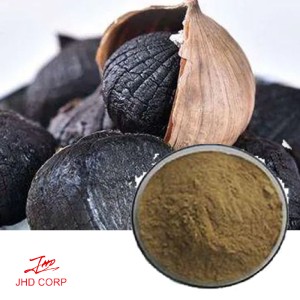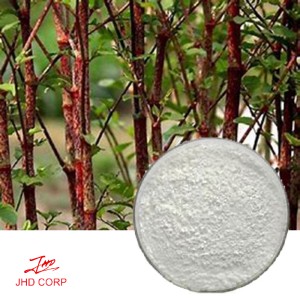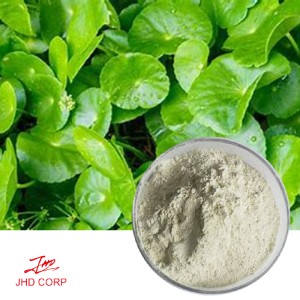Evaluating the Effectiveness of Shilajit Extract in Skin Whitening Products
While shilajit extract offers valuable antioxidant and anti-inflammatory properties that may contribute to healthier-looking skin, its role in skin whitening products remains unsubstantiated by scientific research.
Shilajit, a natural substance derived from decomposed plant matter found in mountainous regions, has been utilized in traditional medicine for its numerous health benefits for a long time. It is rich in bioactive compounds, including fulvic acid, humic acid, and trace minerals, which are believed to support skin health and overall wellness. In recent years, shilajit extract fulvic acid has garnered attention as a potential ingredient in skin whitening products. However, its efficacy in this context requires careful evaluation based on available scientific evidence.
Skin whitening products aim to reduce hyperpigmentation, even out skin tone, and brighten the complexion. These effects are typically achieved by targeting melanin production, the pigment responsible for skin color. Ingredients such as kojic acid, niacinamide, and arbutin are well-documented for their ability to inhibit tyrosinase, an enzyme involved in melanin synthesis. Shilajit extract, however, is not directly associated with tyrosinase inhibition or melanin regulation in the current scientific literature.
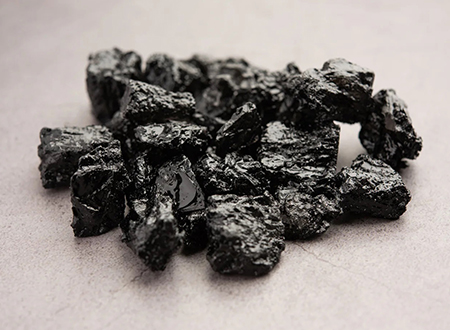
The primary benefits of shilajit extract for skin health stem from its antioxidant and anti-inflammatory properties. Fulvic acid, one of its key components, is known to combat oxidative stress caused by free radicals, which can contribute to premature aging and uneven skin tone. By reducing oxidative damage, shilajit may help improve the overall appearance and texture of the skin. Additionally, its mineral content can support skin hydration and repair.
While purified shilajit extract may indirectly enhance skin radiance and vitality through its antioxidant effects, there is insufficient evidence to suggest that it specifically promotes skin whitening or significantly reduces pigmentation. Most claims regarding its effectiveness in this area are anecdotal or based on traditional uses rather than robust scientific studies.
It is also important to consider product formulation when assessing the efficacy of shilajit in skin care. The concentration of active compounds, the presence of complementary ingredients, and the product's delivery system all play critical roles in determining its impact on the skin. Without standardized formulations or clinical trials, it is difficult to quantify the extent of shilajit's benefits for skin whitening.


